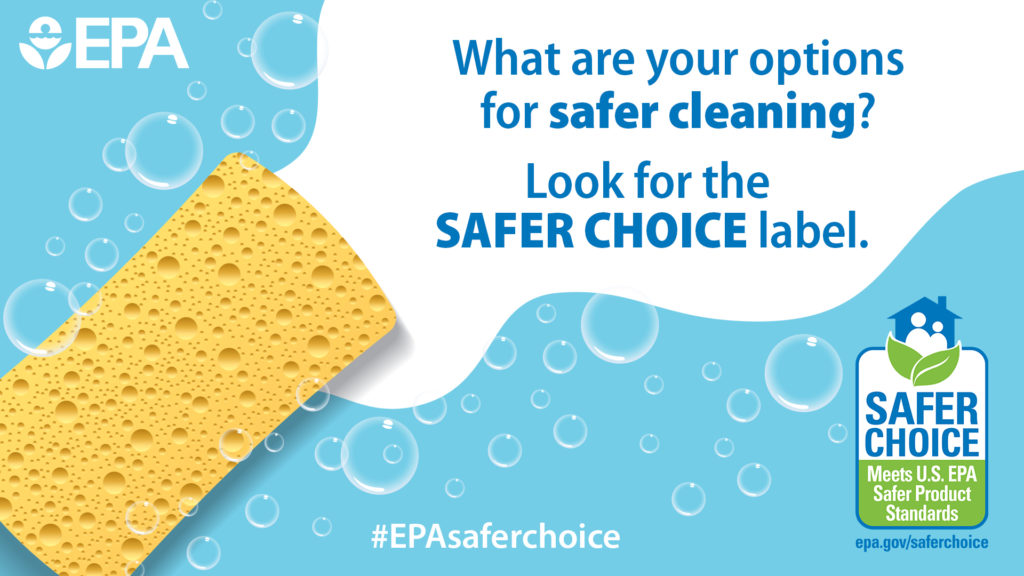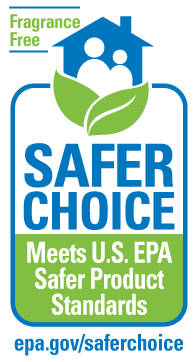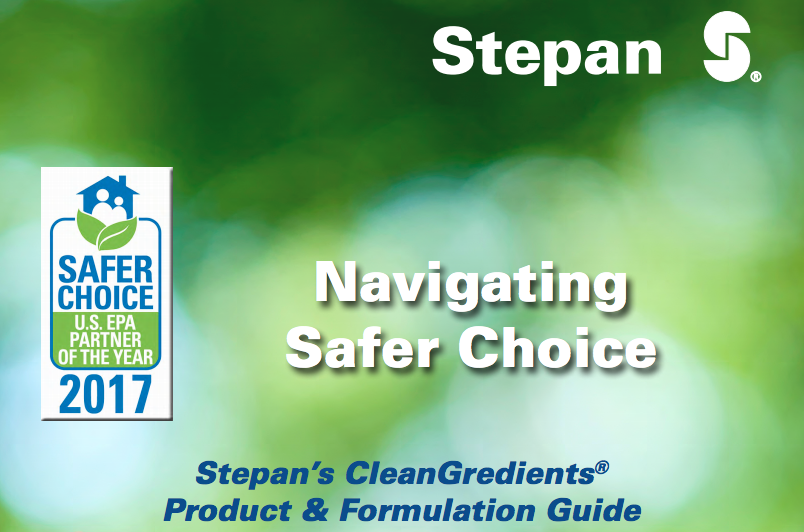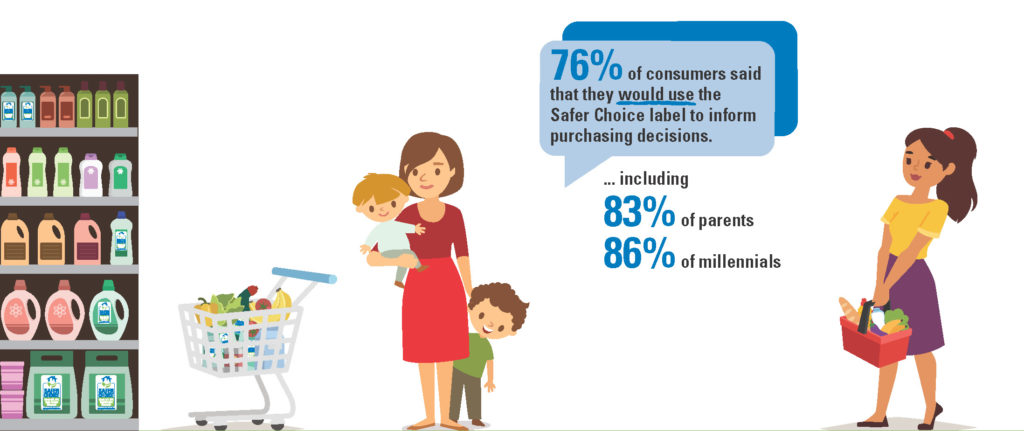Originally published in GreenBiz
Often, it’s hard to see the environmental damage we are doing. We can see some of the effects of too much carbon in the atmosphere but not the acidification of the ocean.
In many respects, plastics have become a poster child for environmental damage. Plastics are visible reminders of waste in the ocean. They float on the surface and wash up on beaches, sometimes a stark reminder of reality in the middle of a vacation.
I believe we can solve this problem and hope that visible progress can challenge us to identify and tackle some of the additional critical issues that we can’t see so clearly.
At the recent World Ocean’s Summit, hosted by The Economist, there were some unfortunate scuffles in which aluminum beverage cans and plastic were pitted against each other in terms of potential end-of-life benefit.
It’s easy to cherry-pick upstream or downstream benefits of specific materials. Both plastic and aluminum benefit from recycling. I believe we should strive to improve all materials to be as sustainable as each can be. Even if all beverages were in aluminum cans, we would still have plastic for a wide variety of other products. It’s really important to focus on how we can collect all materials, not just the ones with a high economic value.
In preparation for the summit, I asked myself these questions:
1. Will we ever achieve the Ellen MacArthur Foundation goal of one type of plastic?
In my opinion, there will never be one plastic to rule them all. Food packaging is a great example. In North America, food waste consumes 21 percent of all fresh water, 19 percent of all fertilizer, 18 percent of cropland and 21 percent of landfill space. About 85 percent of food waste occurs in homes and consumer-facing businesses, according to non-profit ReFED.
Packaging has been driven to protect food and increase shelf life, and that has resulted in a complex variety of engineered plastic multilayer films. These films are incredibly material-efficient at the start of life, consistent with the waste hierarchy that starts with source reduction. While these films have a low carbon footprint, they are not widely recovered or recoverable today.

We have established mechanical recycling for rigid polypropylene, polyethylene terephthalate and polyethylene. We have less capability for flexible materials. We need to recognize the value of investing in technologies for reprocessing and recovering more materials. We also need to look to some of these innovative technologies to meet the needs of developing countries and help them create value from waste. We may be able to optimize and narrow the types of materials we use and design packaging to be more recyclable, but we also will need to look at expanded recovery technologies to capture more plastic materials.
2. What is sustainable materials management and does it compete with circularity?
I strongly believe we need both. Sustainable materials management (SMM) is a great lens to use in combination with circularity to understand when we are increasing the environmental burden to attain circularity and when we can optimize to achieve both. If we do increase the environmental burden of packaging to gain greater circularity, we should only do it on purpose and not by accident. Unintended consequences should be mitigated by design.
3. What does circularity mean for plastics today and where can it evolve in the future?
Recyclability is often used interchangeably with circularity, but it’s really a subset of circularity for plastics. I think we need to have a broad conversation about what circularity means for plastics. I propose that circularity may need to be defined differently for different types of materials (metals, paper, plastics).
It is difficult to have a small closed loop for many types of plastics. In some cases, there is a limit to the number of times a material can be mechanically recycled. For example, PET can be upgraded so long as it’s clean; its performance characteristics do not degrade as much as other resins. It’s really important to focus on how we can collect all materials, not just the ones with a high economic value.
Many define recyclability very narrowly. We need to think more broadly about recovery and include an expanded definition of new applications that can include chemical recycling. Chemical recycling offers a wide range of potential new products, from fuels to chemical intermediates and sometimes back to the original plastic monomer. I have heard much more talk about chemical recycling recently as a way to capture and reuse single use plastics.
We see many companies in the Sustainable Packaging Coalition making bold new goals for recyclability, but few are thinking about the idea that we need demand — stimulating end markets for recycled material either in terms of recycled content in packaging or use in other products for the system to work.

The demand for recycled aluminum always has been strong. Not true for plastics.
The virgin resin suppliers continue to announce new capacity without making a commitment to use recycled feedstocks. Brands are caught in the middle. They can use some mechanically recycled content, but to use more they need cleaner feedstock that might only come from chemical recycling. To have true recycling — so plastics are used at their highest value — we need to understand consumer access, sortation in a recycling facility, the ability for the material to actually be reprocessed by mechanical or chemical means, and if there is an end market.
The conversation is dominated by cost considerations that use traditional transactional economic models. The cost of natural capital is never considered.
At GreenBiz 2018, Joel Makower discussed TruCost’s findings that the world’s largest global companies had used twice as much natural capital in 2017 as their combined net income. The exposure previously had been falling. We need a new model that helps us see the true cost of not recovering materials.
4. What impact will China’s National Sword program have on circularity and plastic in the oceans?
In the wake of China’s initiative move to crack down on plastics imports, many U.S. states are advocating going backward and collecting less. The stream has changed so dramatically that many valuable historic materials no longer exist or do so at significantly reduced volumes.
I believe China’s National Sword initiative is a great driver to improve plastics recovery globally. It will be a shame and should be unacceptable if we just divert the material to other Asian countries that are even less equipped to manage the waste materials. We need to reprocess more of our materials where we generate them. We need to create drivers beyond economic value to create demand for reprocessed materials.
As long as there is too much plastic resin and no drivers for the resin producers to be part of the solution, the value of recycled plastics will remain low. As long as there is no demand, there will be no incentive to move toward circularity and waste will continue to be systemic issues.
In the United States, the situation is compounded by the lack of stable financing for collection. I often hear that the plastic waste in the ocean doesn’t come from Europe or America, but if we are shipping our low-value plastics, we are contributing significantly to the problem, not the solution.
America has a long tradition of innovation and creativity. Let’s rise to this challenge and create the change we want to see.

 Among other requirements, ingredients used in Safer Choice-certified products can’t include chemicals that are likely to cause cancer, alter genes or affect reproduction, or toxic chemicals that don’t break down in the environment and accumulate in our bodies and the food chain. Generally, no ingredients classified as skin or respiratory sensitizers (which may cause allergic reactions after repeat exposure) may be included. Overall, formulations must meet the volatile organic compound (VOC) content restrictions set by the Ozone Transport Commission and the California Air Resources Board in order to protect indoor and outdoor air quality. For products used outdoors, such as pressure washer concentrates, car washes, or boat washes, Safer Choice applies more stringent aquatic toxicity standards to ensure that products don’t hurt fish or other aquatic life. Plus, all products with the Safer Choice label must meet performance standards, meaning they perform at least as well as conventional products.
Among other requirements, ingredients used in Safer Choice-certified products can’t include chemicals that are likely to cause cancer, alter genes or affect reproduction, or toxic chemicals that don’t break down in the environment and accumulate in our bodies and the food chain. Generally, no ingredients classified as skin or respiratory sensitizers (which may cause allergic reactions after repeat exposure) may be included. Overall, formulations must meet the volatile organic compound (VOC) content restrictions set by the Ozone Transport Commission and the California Air Resources Board in order to protect indoor and outdoor air quality. For products used outdoors, such as pressure washer concentrates, car washes, or boat washes, Safer Choice applies more stringent aquatic toxicity standards to ensure that products don’t hurt fish or other aquatic life. Plus, all products with the Safer Choice label must meet performance standards, meaning they perform at least as well as conventional products.

 GreenBlue is pleased to announce that Tristanne Davis has joined the team as a Project Manager with The Sustainable Packaging Coalition. Tristanne has a Master of Environmental Management from Yale University, an M.B.A. from the IE Business School, and a degree in Economics from Skidmore College.
GreenBlue is pleased to announce that Tristanne Davis has joined the team as a Project Manager with The Sustainable Packaging Coalition. Tristanne has a Master of Environmental Management from Yale University, an M.B.A. from the IE Business School, and a degree in Economics from Skidmore College. 

